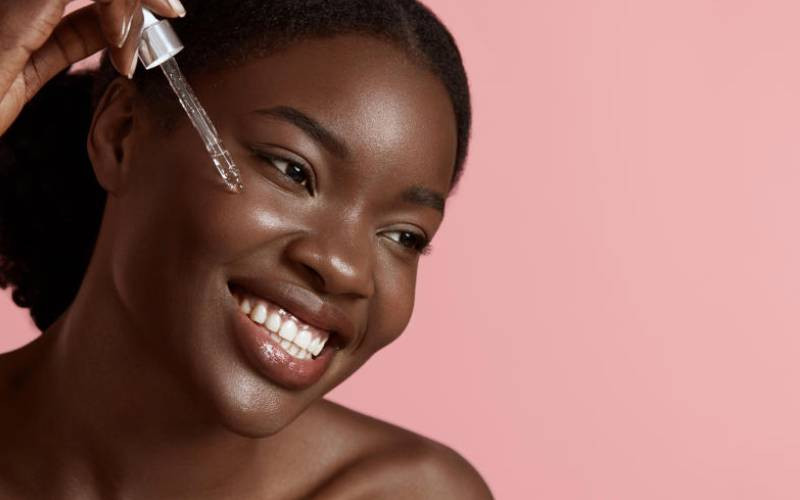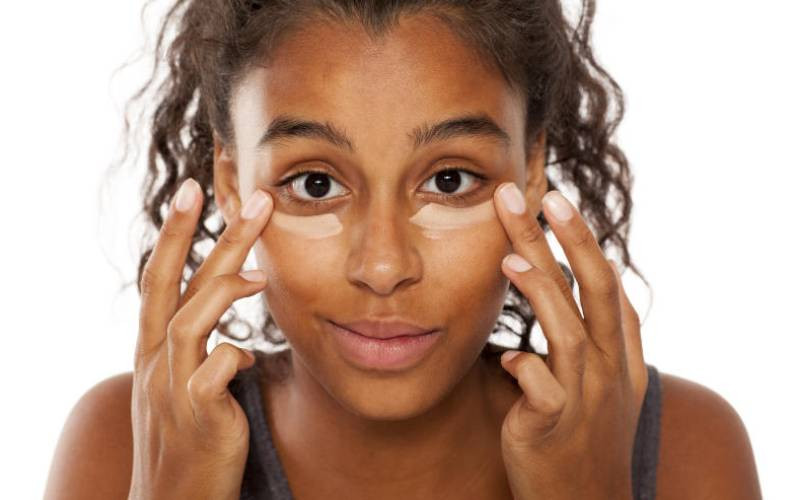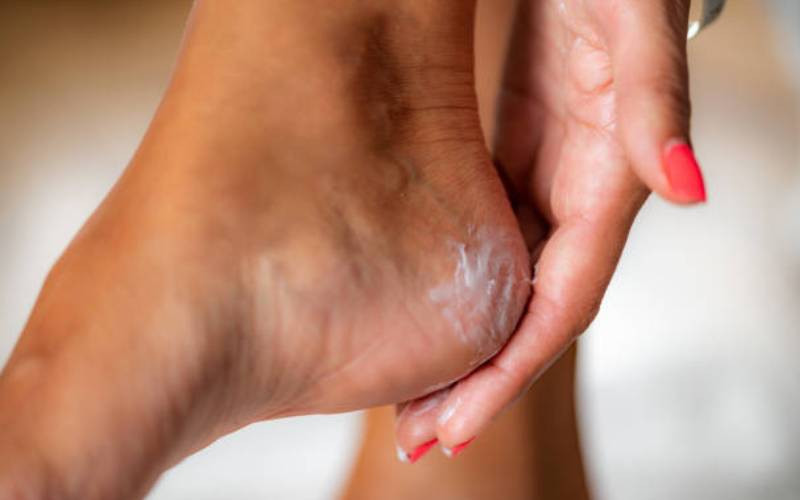
In one of the latest examples of how Kenyans have peculiar habits, women have turned a milking jelly into a beauty product. Since Thursday night, women online have been discussing benefits of using milking jelly as a skin care product.
Several of them have been posting pictures of their dressing tables littered with dozens of cosmetics but conspicuously among them is the milking jelly. The Saturday Standard did a spot check and discovered various milking jelly brands in supermarkets in the city.
Nairobi Governor Mike Sonko sparked the debate when he said both him and his wife have used Arimis, which has emerged as one of the most popular brands among women. “The manufacturer makes it purposely for milking cows. He even gives instructions in Kiswahili, “mafuta ya kukamua ng’ombe (milking jelly)” and draws a cow there,” Sonko said.
“You would expect the jelly to be selling only in places like Munyange in Nyeri and Chepkeche village in Uasin Gishu. But no, 90 per cent of the jelly is sold out in Nairobi and other urban supermarkets. Every modern city woman of style is using Arimi’s even my wife,” he said. Women are full of praise for the product which ideally is supposed to be sold in agro vet shops.
“I apply it after the lotion to lock in moisture, then I wipe the excess lightly with a lesso. My legs look fine,” said Jocelyn Murgor while contributing to the debate. “I started using it when I was in high school. Now I’m 45 years but I look 15,” said Christine Mwogora.
“I didn’t know so many people use it, I thought it was only me and my niece. We even had a nickname for it,” Nancy Mwangi said. Milking jelly is used to lubricate a cows teats when milking. This prevents the teats from cracking which can lead to diseases such as mastitis.
Baby soft skin
Joseph Othieno, a veterinary doctor says the use of milking jelly is not even compulsory in the farm unless one has not mastered the art of milking. “When milking you are supposed to press the teats but poor milkers pull them which can lead to the cow feeling pain or get cracks. Milking jellies have a chemical component that reduces this friction,” he explained.
The key components in milking jellies is petrolatum and water. Petrolatum is a by-product of petroleum refining. “It is cheaper than petroleum jelly and because of pricing people in rural areas started using it before it spread. You know Kenyans are an innovative lot but I don’t think milking jelly has any poisonous component but it is up to dermatologists to tell us,” said Othieno.
At Tuskys supermarket’s Kenyatta Avenue branch 200ml of Menengai milking Jelly was yesterday retailing at Sh75. Geisha petroleum jelly was retailing at Sh120. Menengai Refineries Ltd could not comment on the popularity of its milking jelly among female clients and whether there is a surge in demand.
“The general manager is not around and no one can comment without his authority,” an attendant said.
Dr Hosea Waweru, a dermatologist however advised that although using milking jelly as a cosmetic product is not harmful to the skin, those with skin sensitive to sunlight should not use it.
“It is made from unrefined petroleum jelly and people whose skins react when exposed to sunlight will register some side effects,” he said.
“None of my patients have said they developed issues after using milking jelly,” he added.
Nevertheless, some users of milking jellies have argued that the manufacturers should brand them into human cosmetic products. Others maintain it should retain its original form.
“It’s the only brand that has stood the test of time and there’s no need to rebrand. It’s a brand that deserves presidential accolade,” Daisy Kariwa said.
When was the last time you wrote someone a letter on paper? The Standard Group Plc is a multi-media organization with investments in media platforms spanning newspaper print
operations, television, radio broadcasting, digital and online services. The Standard Group is recognized as a
leading multi-media house in Kenya with a key influence in matters of national and international interest.
The Standard Group Plc is a multi-media organization with investments in media platforms spanning newspaper print
operations, television, radio broadcasting, digital and online services. The Standard Group is recognized as a
leading multi-media house in Kenya with a key influence in matters of national and international interest.






